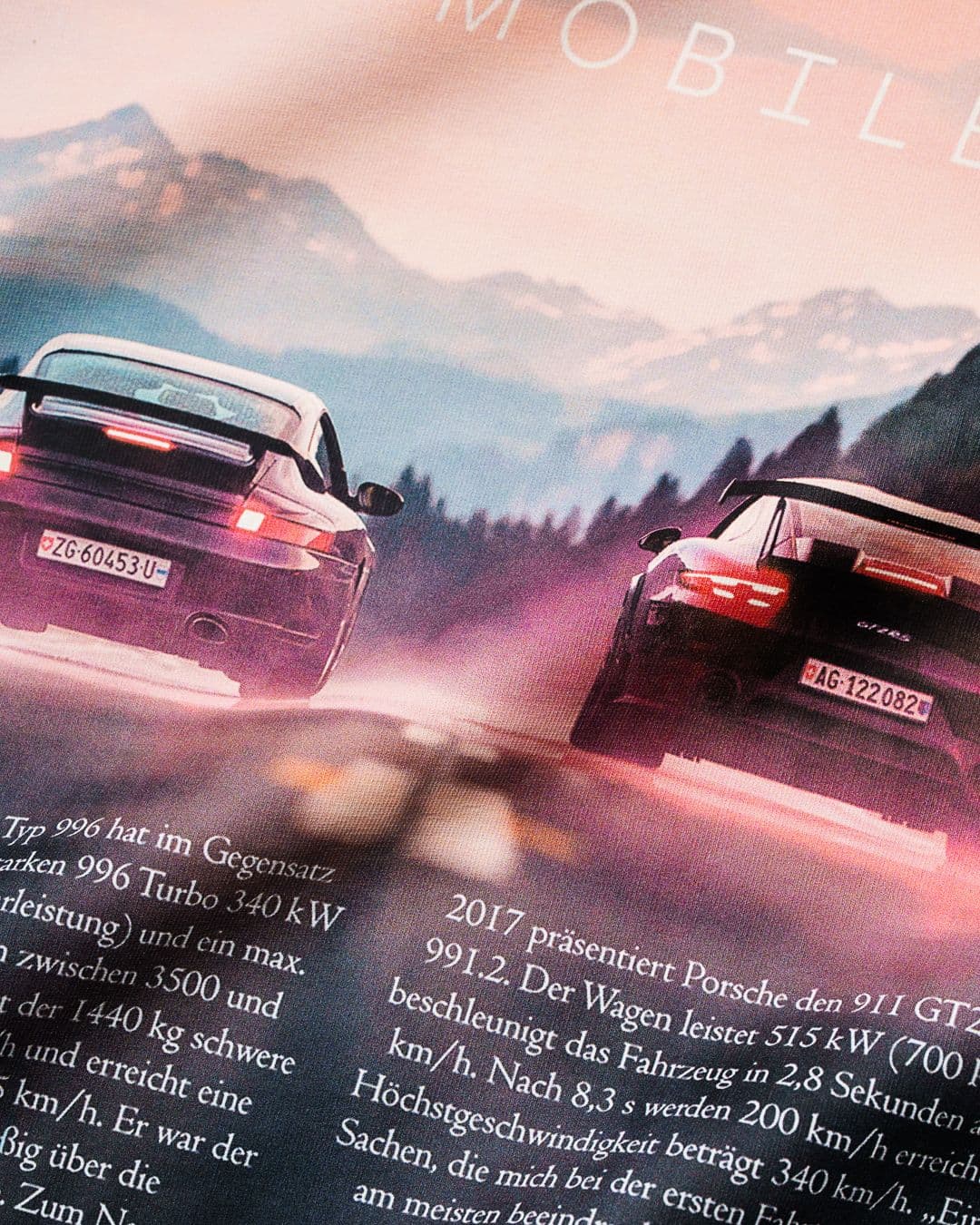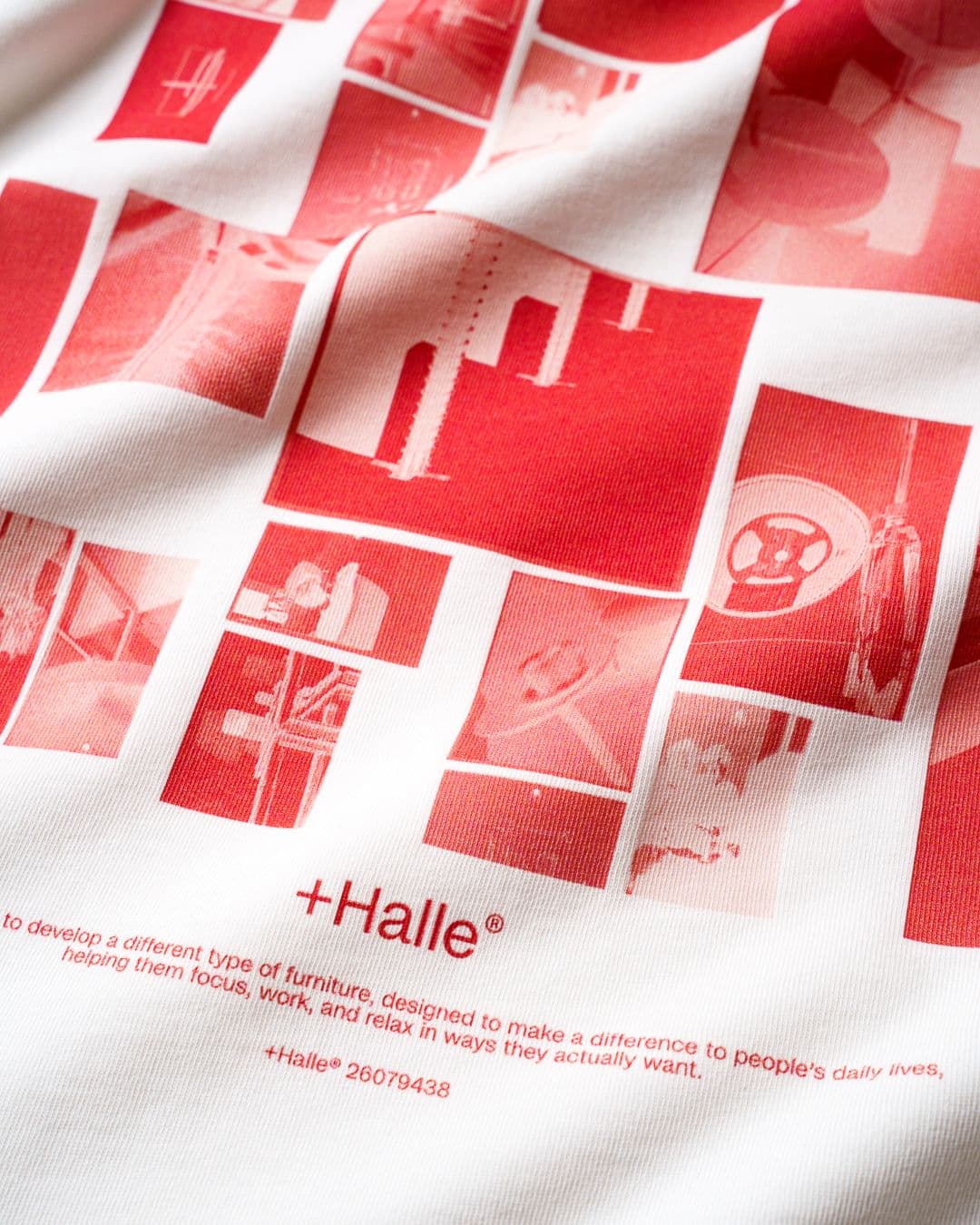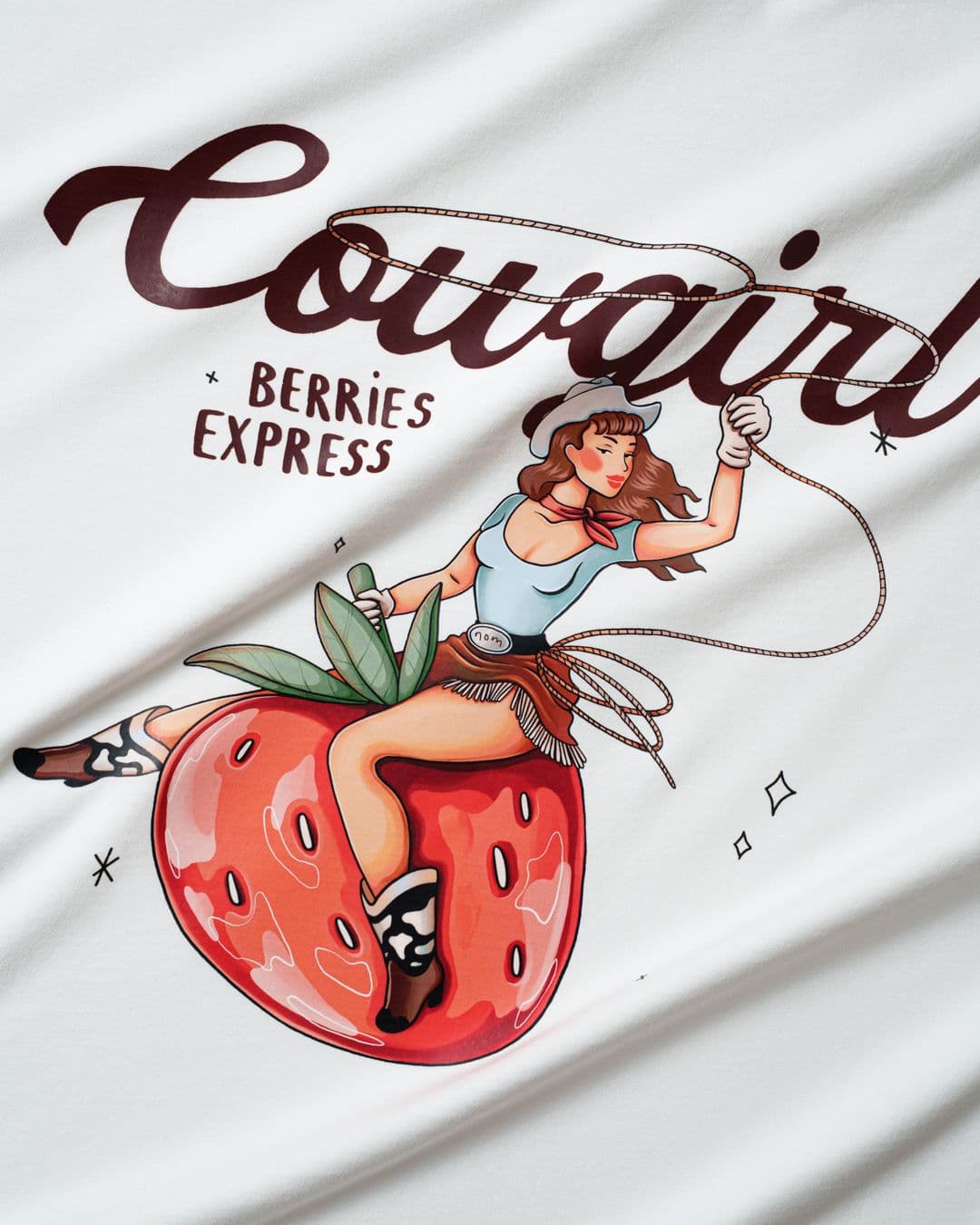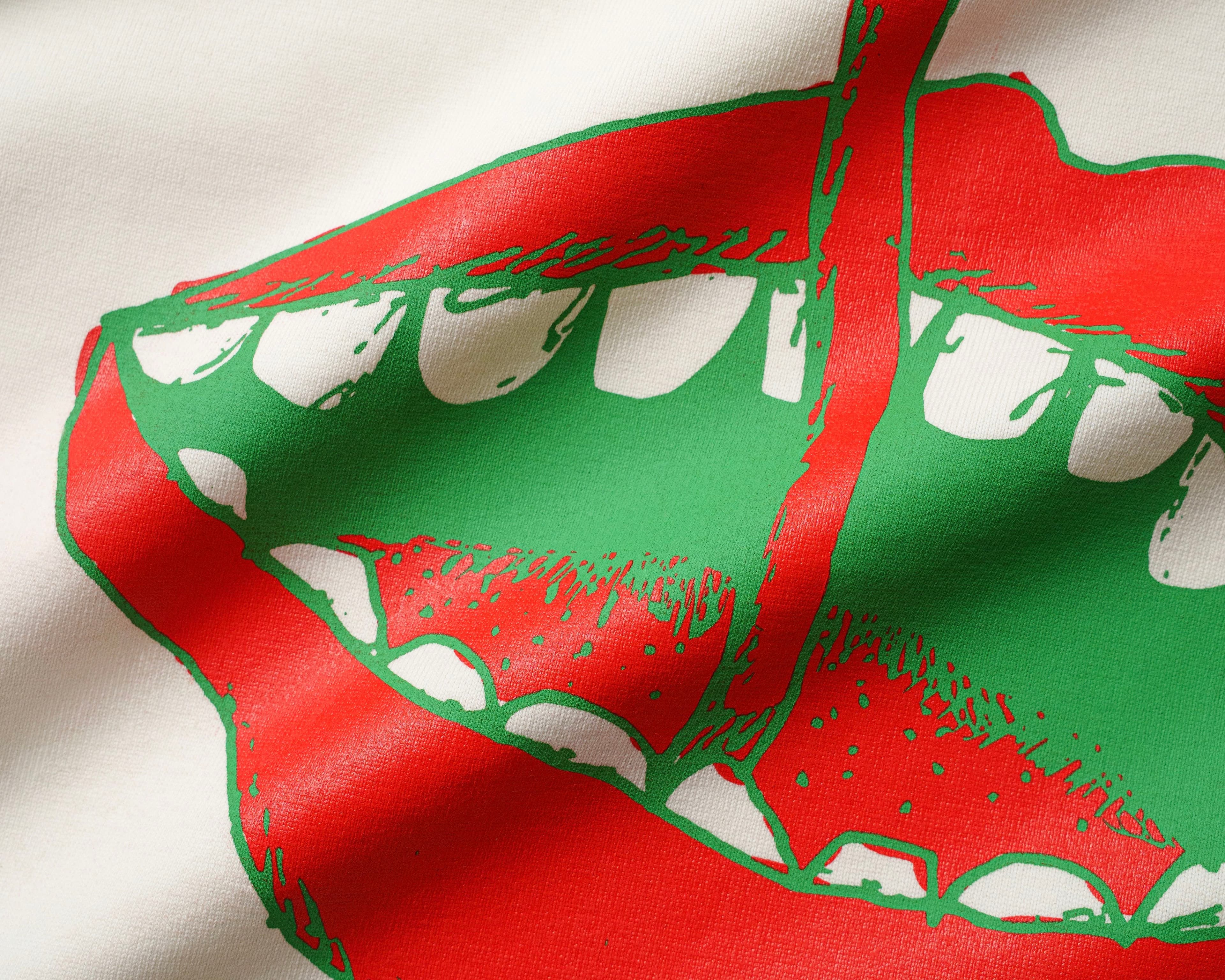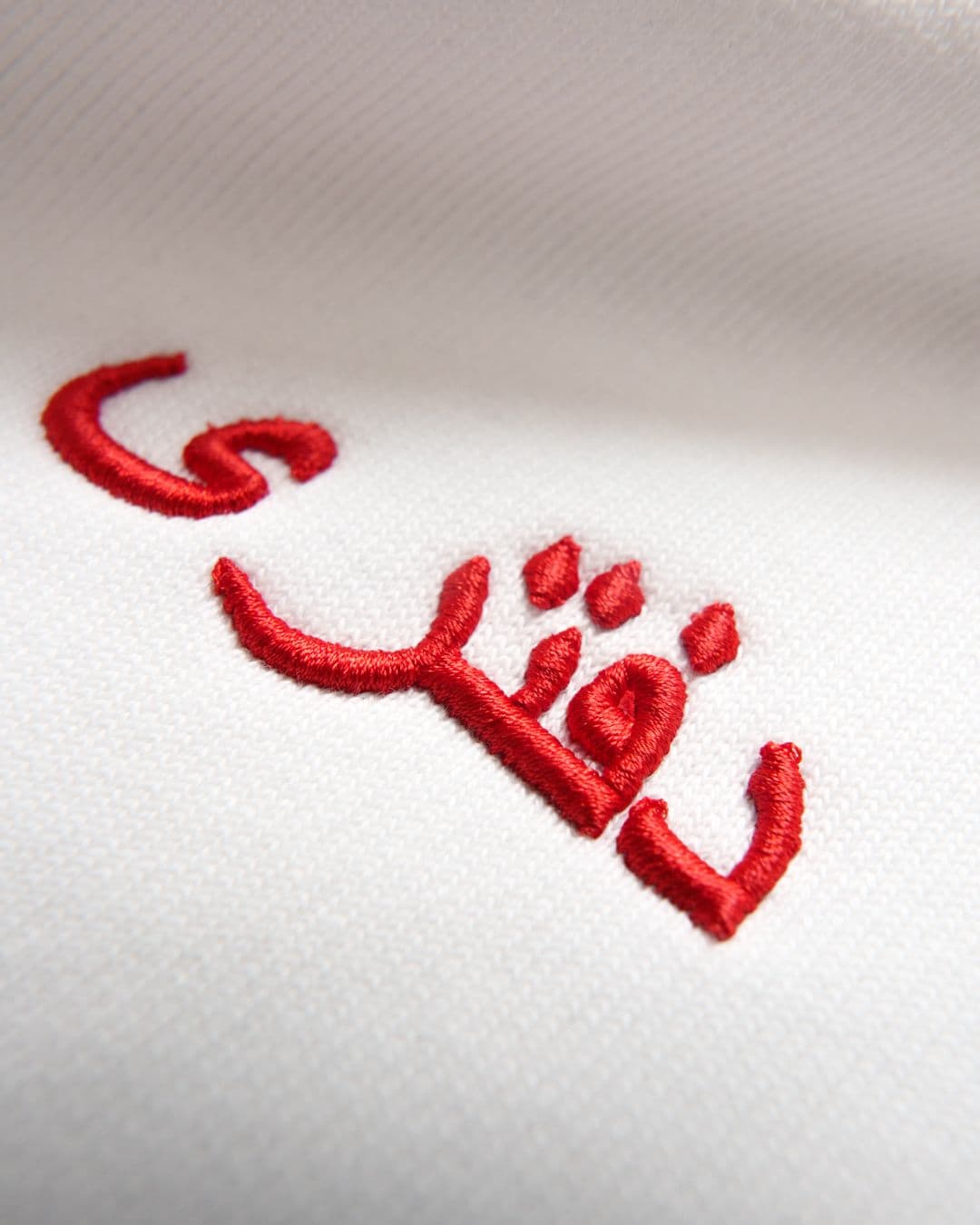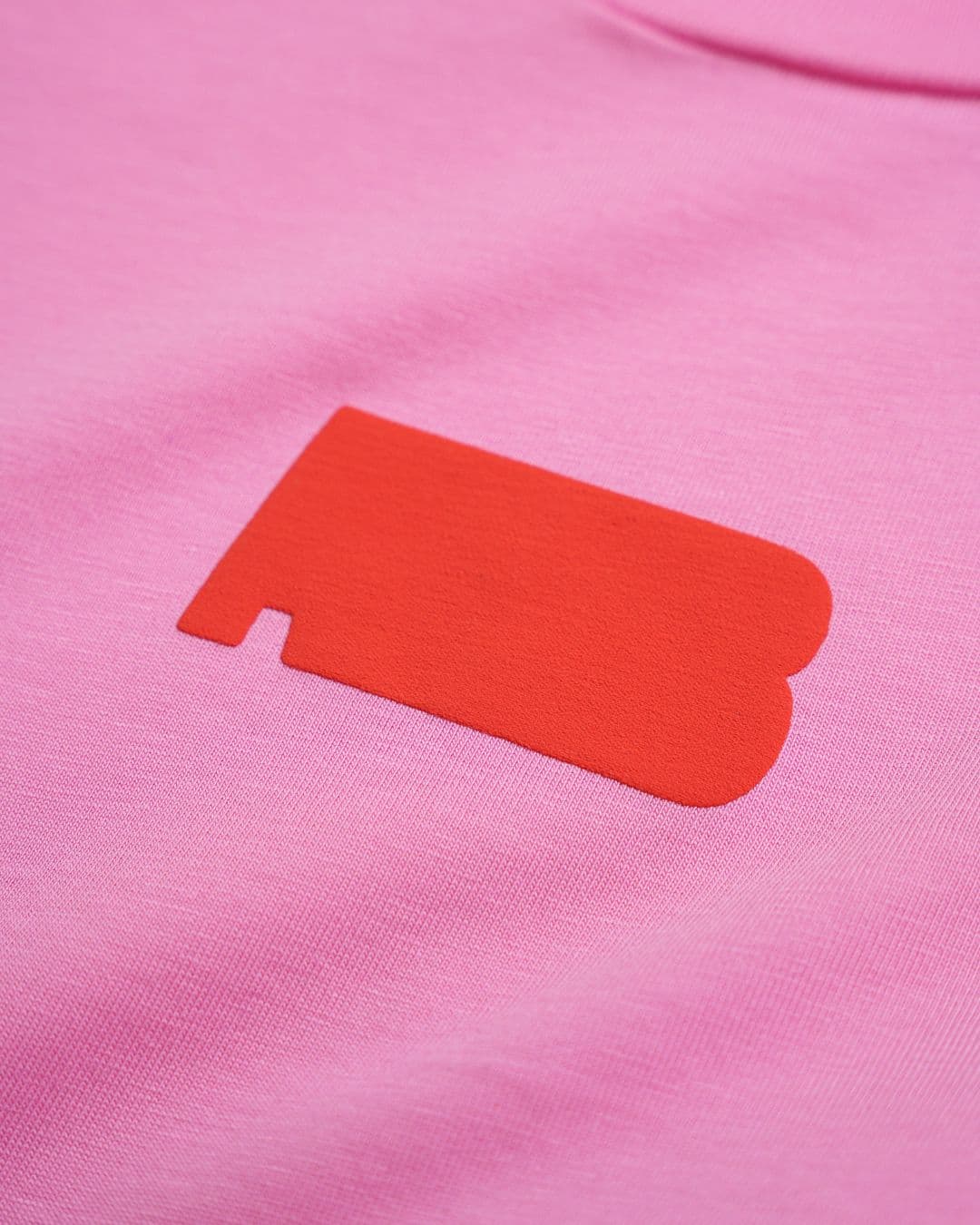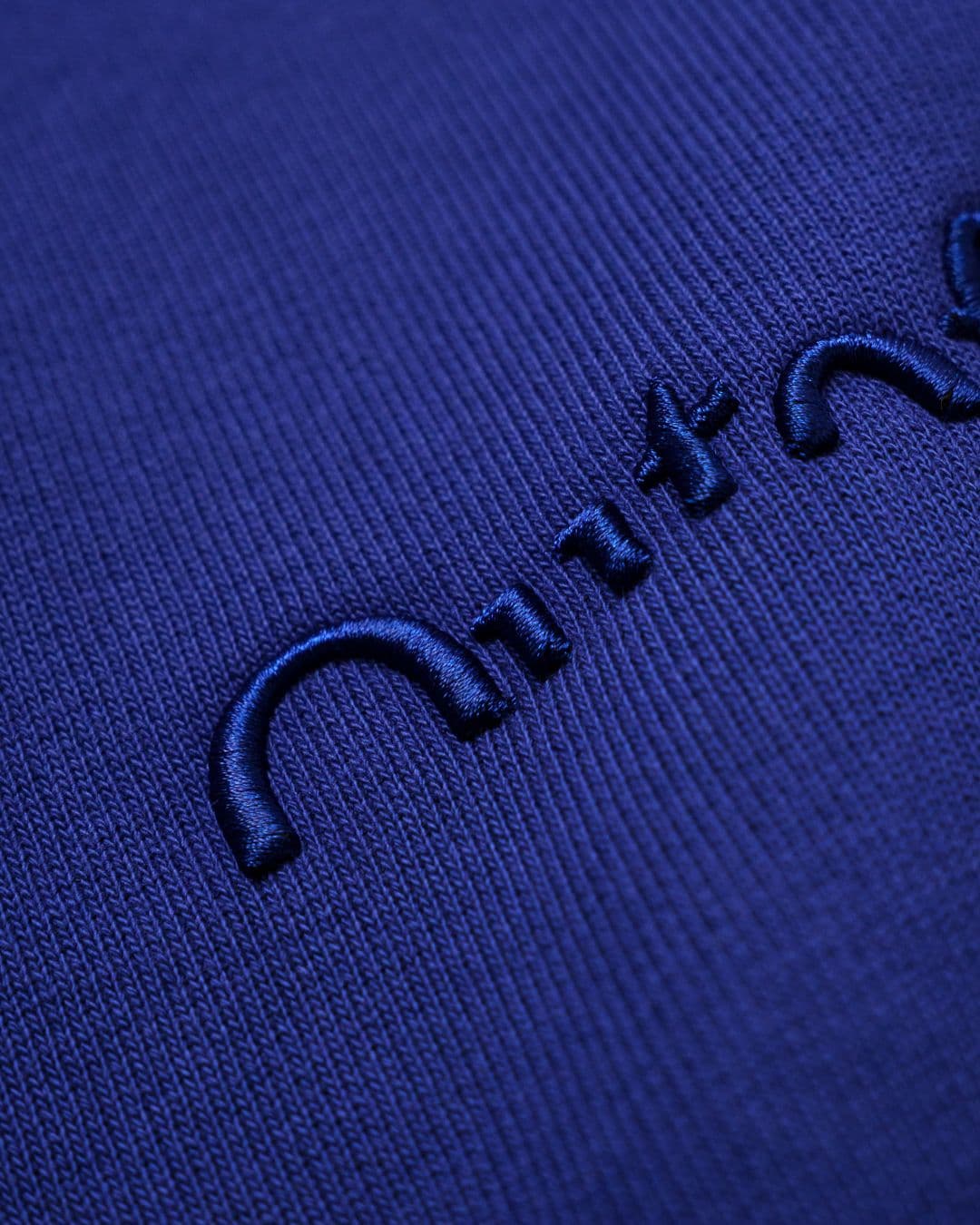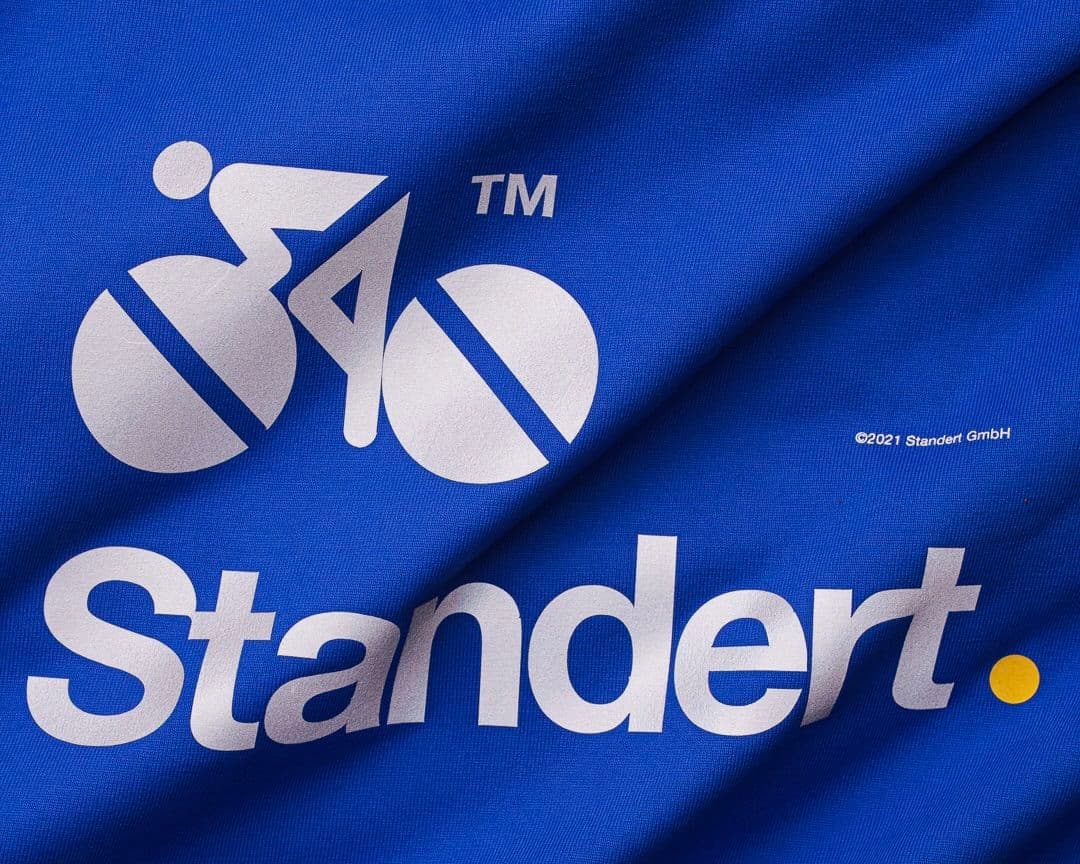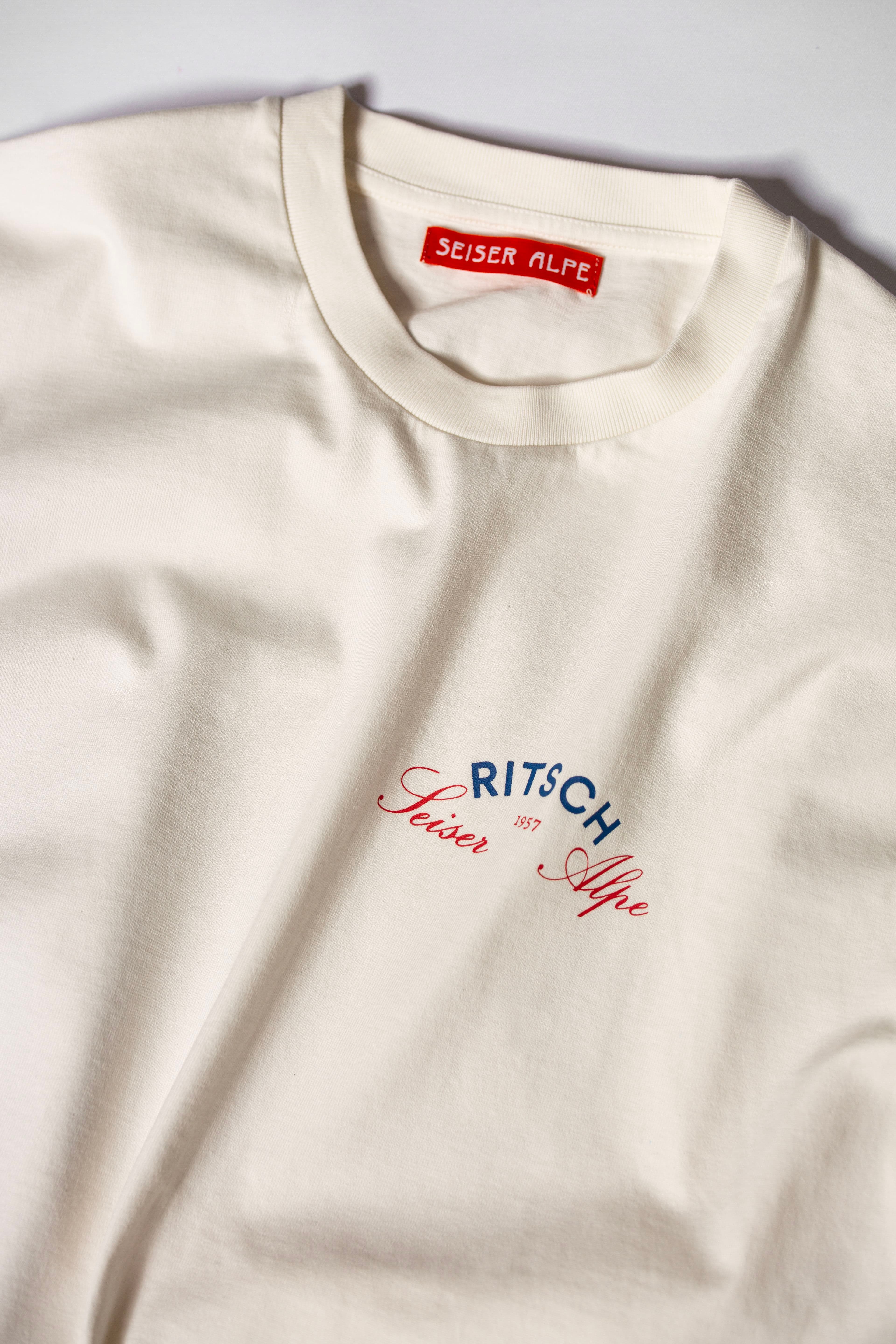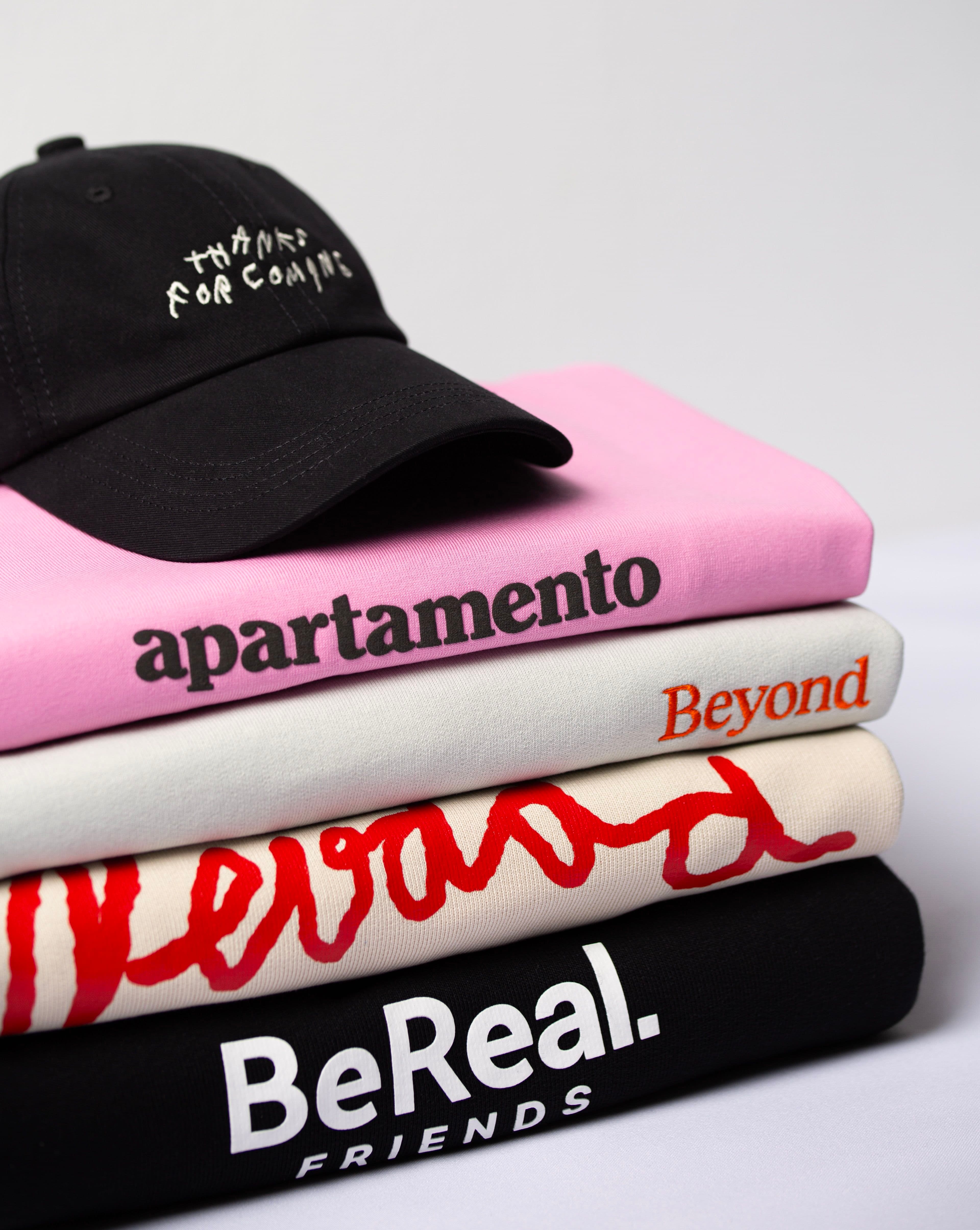How to choose the right printing and embroidery technique for your artwork
Choosing how to decorate your artwork shouldn’t feel like a technical puzzle. With so many different types of printing techniques and embroidery methods available, it’s easy to get stuck comparing them. You don’t need to learn every tecnique. You just need a simple way to narrow your options based on the design you have and the impression you want the garment to make. This guide breaks the process into three steps so you can choose with confidence.
&w=3840&q=75)
Step 1: Your artwork is the most important factor
Before choosing a method, take a moment to understand how your artwork is built. Some designs carry fine detail, others favour simplicity or stronger shapes. Use the guide below to find the description that matches your artwork. That will give you a clear shortlist of methods that will produce the cleanest, most intentional result.
Detailed, shaded, or illustration-heavy artwork
If your design looks more like an illustration, a drawing, or something with shading, texture or small elements, it belongs in this category. These are the kinds of designs where you can see depth, tone or fine lines when you zoom in.
You’ll often see this style in creator merchandise that uses drawn or art-style designs, band tees that feature a picture of the artist or album-inspired artwork, and streetwear pieces that treat the T-shirt as a canvas for more expressive designs. These pieces rely on detail to communicate clearly, so the method you choose needs to hold every nuance without softening it.
Best suited to:
Direct-to-film (DTF)
Hybrid printing
Simple, bold, logo-led artwork
If your design is built from clear shapes, straightforward lettering or a clean logo, it fits into this group. These designs rely on simplicity rather than shading or tiny details to make sense.
You often see this approach in cafés that use a simple line logo, tech startups with a neat wordmark on hoodies, hospitality teams with a small brand mark on their uniforms and fashion brands that prefer clean, straightforward graphics.
Best suited to:
3D embroidery
Reflective
High-impact or dimension-led artwork
If your design uses thick shapes, strong outlines or blocky lettering, it falls into this category. These designs are not about detail. They are built to have presence and hold dimension.
You will often see this approach in streetwear drops with bold type, creators releasing hoodies where the artwork is meant to be felt as well as seen and brands making limited pieces for events where they want the design to stand out straight away. These artworks draw attention through depth, height or the way they catch the light.
Best suited to:
Puff print
3D embroidery
Reflective
Step 2: Define how you want people to perceive your brand
Before you continue, write down the methods from Step 1 that suit your design. You will use this shortlist to narrow your options here. With that shortlist in hand, the next step is deciding the expression you want your garment to have.
Step 3: Choose the method that naturally suits the garment
You’ve narrowed your options based on your artwork and the impression you want to create. The last step is understanding how each finish behaves on the product itself. There’s no single best printing method for clothing; the garment simply affects how the finish sits on the fabric. The aim here is to see which methods feel the most natural on each product.
T-shirts
T-shirts are light and flexible, so the finishes that look the most natural tend to be the ones that sit flat or add subtle texture.
Works especially well:
Screen printing
Embroidery (small marks)
DTG/DTF/Hybrid
Why: Flat or detailed methods move well with the fabric. Heavily raised finishes can work, but usually only in small areas.

Hoodies and sweatshirts
The thicker fabric supports height, weight and texture, so dimensional finishes feel more intentional and premium.
Works especially well:
Puff print
3D embroidery
Embroidery
Large screen prints
Why: The extra weight and stability of the fabric make textured and dimensional finishes feel balanced instead of overwhelming.

Tote bags
Canvas is rigid and textured, so it highlights graphic clarity and strong shapes. It feels more like a poster surface than a garment.
Works especially well:
Screen printing
Hybrid/DTF
Puff print
Why: Canvas does not stretch or move much, so crisp methods look intentional and tactile finishes become more noticeable.
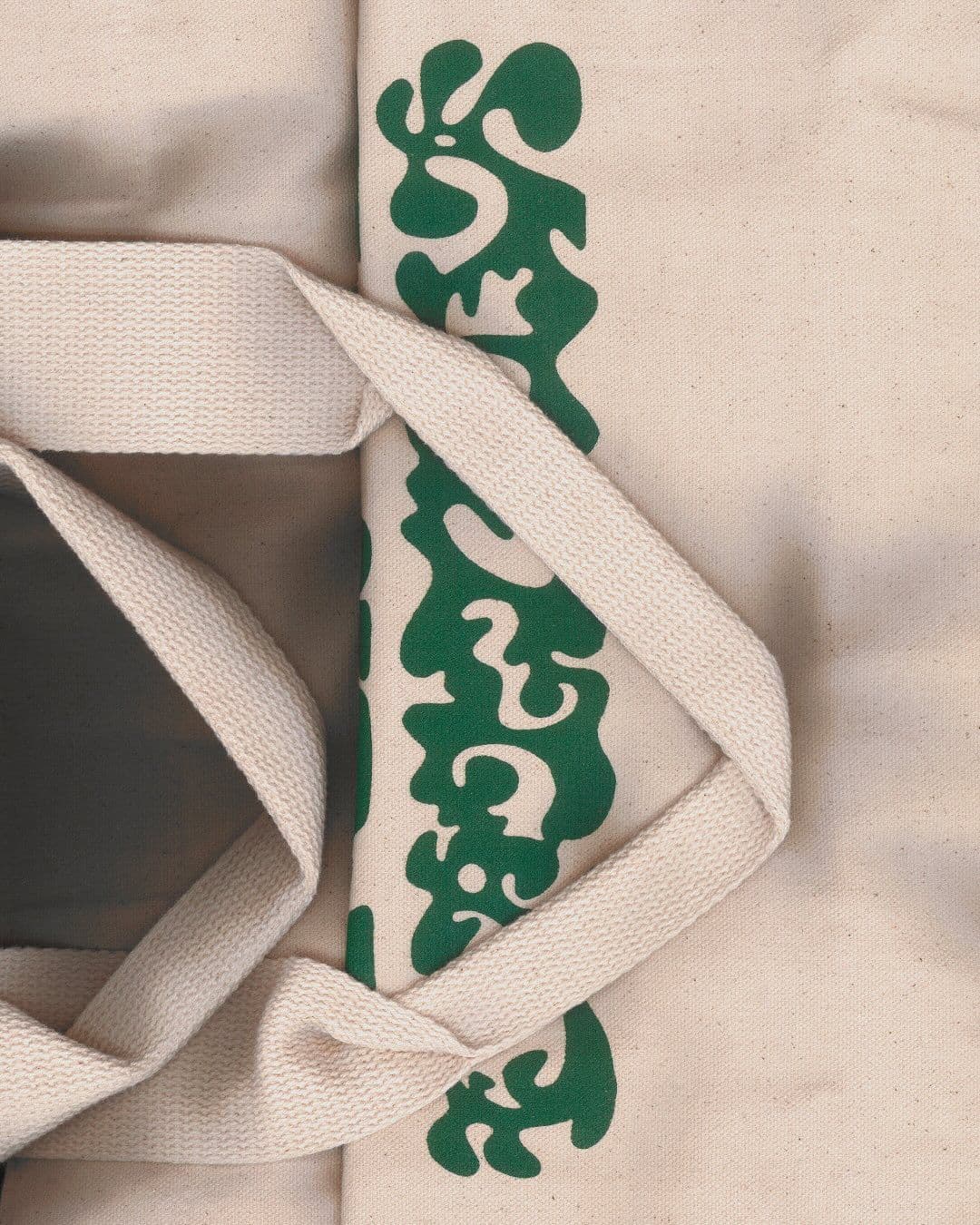
Caps
Caps are the one product where the finishing method is genuinely limited by the shape.
Works especially well:
Embroidery
3D embroidery
Why: Stitching cleanly follows the curved and structured surface. Other methods cannot sit evenly or cleanly on the contour of a cap.

Bringing it all together
Choosing a decoration method becomes much easier once you see the decision as a progression rather than a comparison. You don’t need to weigh every technique against the others. You only need to understand how your design, your intention and your garment work together.
Start with the design you have and cross off any methods that won’t suit it
Then choose the feeling you want the piece to carry. This helps you refine your shortlist.
Finally, consider the product itself. Some finishes sit more naturally on certain garments, which makes the last decision straightforward.
Instead of trying to learn every method in depth, follow these three steps in order. They turn a technical choice into a simple, creative one and lead you to a finish that feels clear, confident and true to your brand.
A final word
Choosing a decoration method can feel like a lot to navigate on your own, and you’re not expected to get every detail right. Our team works with these techniques every day and can help you decide what will suit your artwork, your brand and the product you’re creating. If you’re still unsure which printing method is best for your shirt or hoodie, you can always reach out to us.
If you want to explore a method more deeply, you can also read our individual guides on screen printing, embroidery, puff print, and DTG. Each one explains how the technique works, what it suits and what to consider before using it.
Choosing a decoration method should feel creative, not technical. With clarity on your artwork and support from the right team, it becomes much easier to create pieces that feel intentional and true to your brand.
